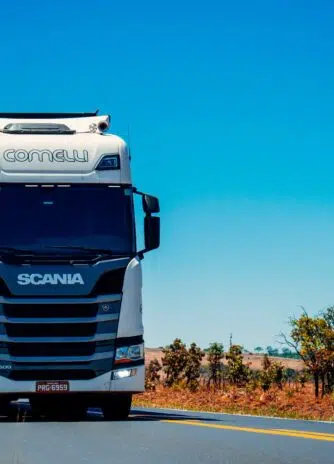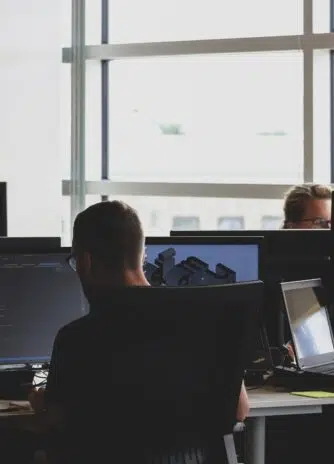As artificial intelligence continues to reshape industries, tech leaders seem divided on how humans will fit into the workforce of the future. On one side are those who believe AI will replace nearly every job—except perhaps their own. (Venture capitalist Marc Andreessen, for instance, appears convinced that his role as an investor is immune to automation.) On the other side are those who believe AI will take over the tedious and repetitive tasks, freeing up humans to take on new, more meaningful roles—an outcome that history tends to support.
According to the World Economic Forum, while 92 million jobs are expected to be displaced by current tech trends, an estimated 170 million new roles could emerge as a result.
But what about the millions of people currently in lower-skilled positions, such as warehouse workers—those unlikely to pursue advanced degrees in AI or machine learning? What will the future hold for them?
Amazon offered a glimpse of that future this week with the unveiling of its latest warehouse robot, Vulcan. Designed with the ability to “feel,” Vulcan represents a leap forward in automation, but also in the company’s vision of human-machine collaboration.
“Vulcan is helping make work safer by handling ergonomically challenging tasks, while creating opportunities for our teammates to grow their skills in robotics maintenance,” Amazon CEO Andy Jassy posted on X.
In a blog post, Amazon emphasized that Vulcan is meant to work with humans, not replace them entirely. The robot can reach high and low shelves—reducing the need for workers to climb or bend repeatedly—while human employees will continue to manage tasks that remain out of the robot’s reach.
Amazon is also training a select number of employees to become robot technicians, signaling a broader shift in job categories across its operations. “These robots — which play a role in completing 75% of customer orders — have created hundreds of new categories of jobs at Amazon,” the company noted, citing roles like robotic floor monitors and onsite reliability engineers. A retraining program is available to help current employees transition into these new tech-forward positions.
Of course, such transitions won’t be one-to-one. The number of people needed to maintain and supervise robots is far smaller than the number needed to do manual warehouse work. Not everyone will want—or be able—to become a robot mechanic.
Still, the fact that Amazon is emphasizing retraining alongside its robotics progress is significant. So far, there’s been little clarity about what everyday employment might look like in a world where AI handles a majority of tasks. Some have even speculated that, in such a world, large swaths of the population could be relegated to living on government support.
But a more balanced future could emerge: Instead of replacing grocery clerks, we might see automation supervisors managing aisles of self-checkout stations. Instead of eliminating fast-food cooks, workers could oversee automated kitchens. Knowing how to operate and manage machines may become as essential as computer literacy is today.
Then again, this future isn’t guaranteed. High-end robotics may remain the domain of a few deep-pocketed corporations—like Amazon or major automakers—while restaurants, retail, and driving jobs continue to rely on human labor for years, if not decades, to come.
Take Amazon’s own attempt to revolutionize retail with its “just walk out” Amazon Go stores. Despite the hype, the technology failed to gain widespread adoption. It was later revealed that the system relied on human workers in India to monitor video feeds and label purchases manually. Even Amazon scaled back the effort.
In the end, while AI and robots may transform the workplace, they won’t do it overnight—and they won’t do it alone. The future of work may not be about replacing humans, but redefining how humans and machines work together.
We have helped 20+ companies in industries like Finance, Transportation, Health, Tourism, Events, Education, Sports.












